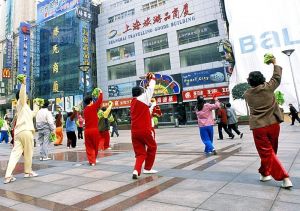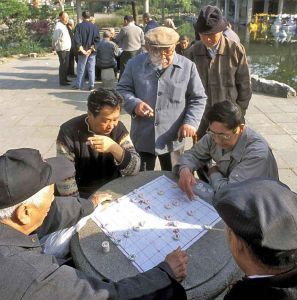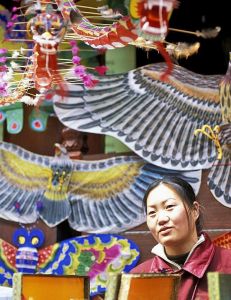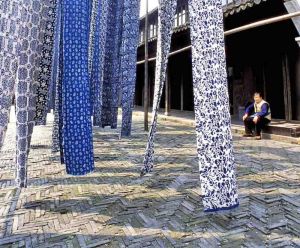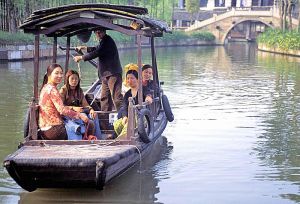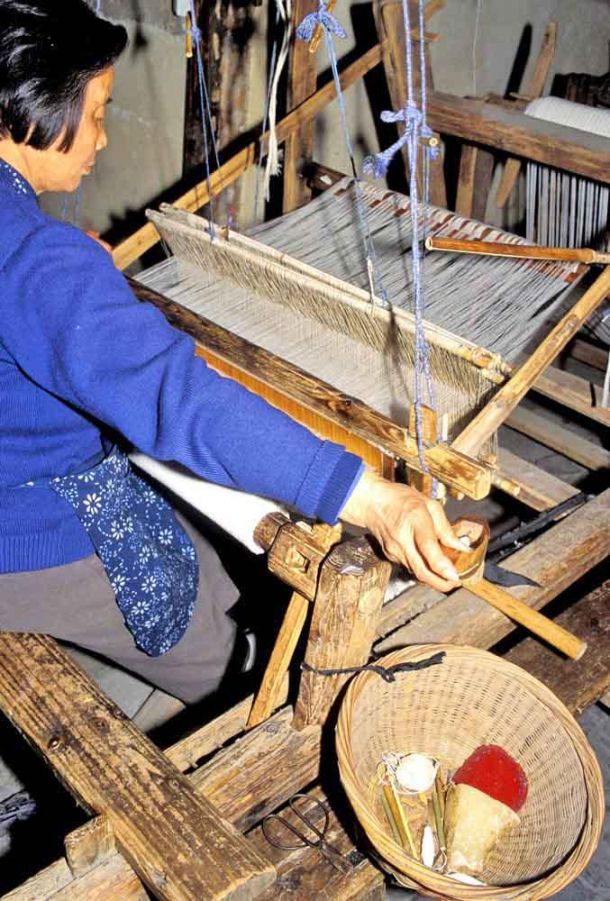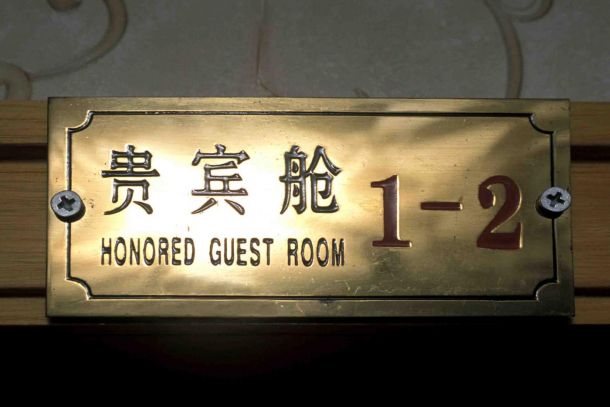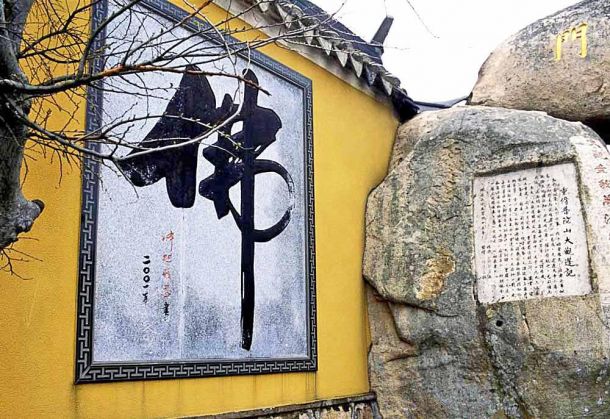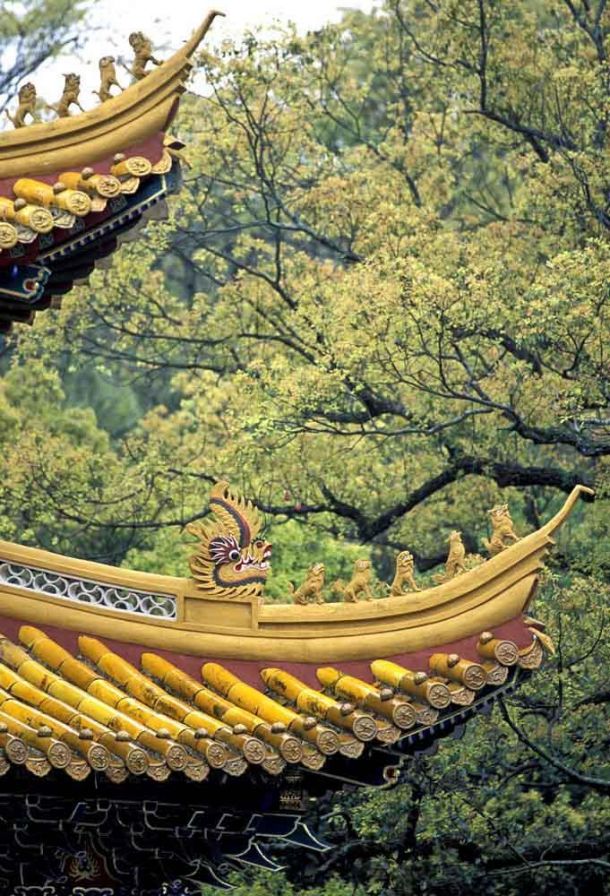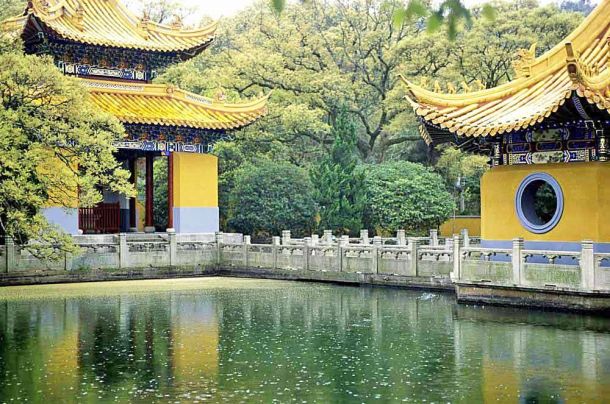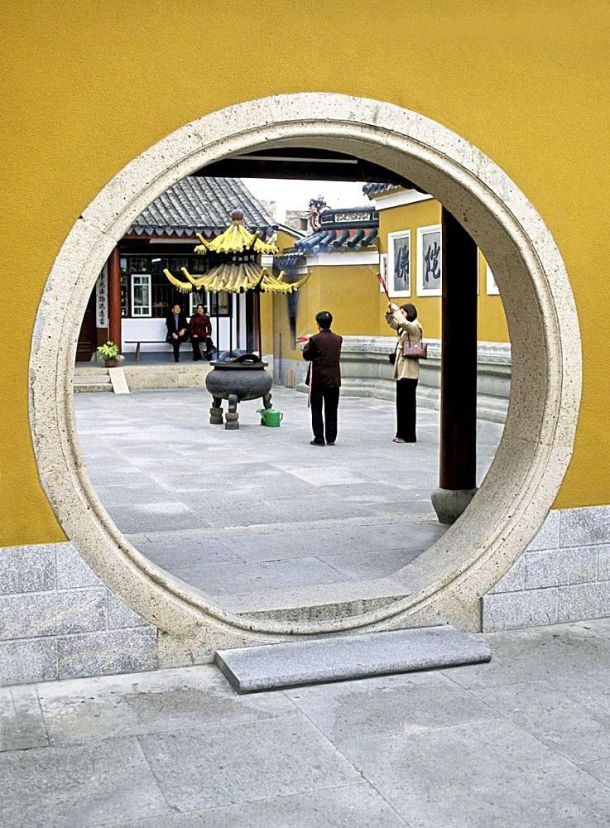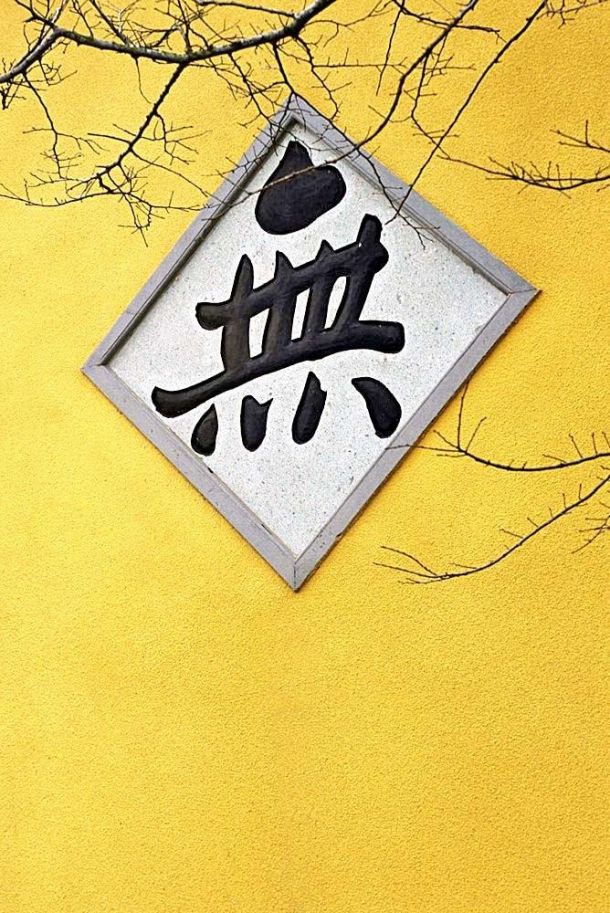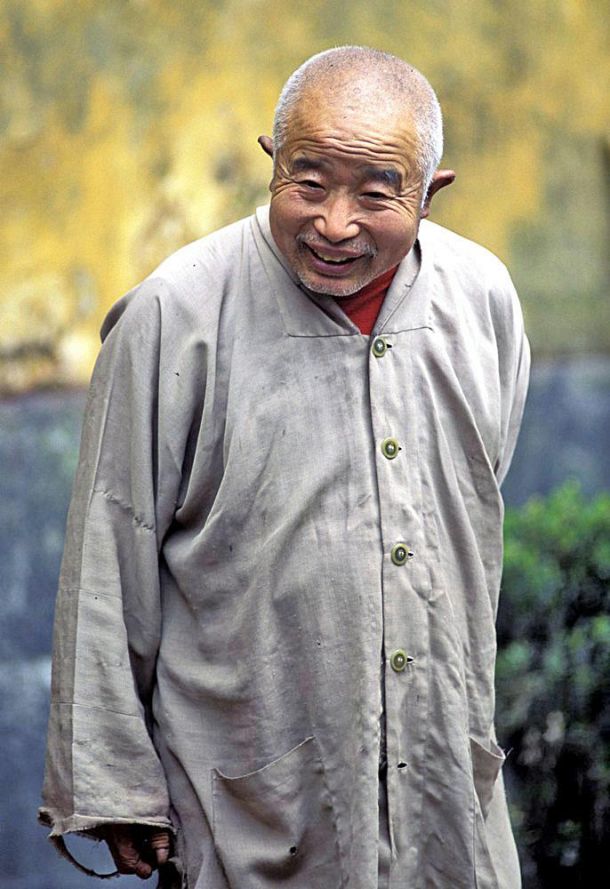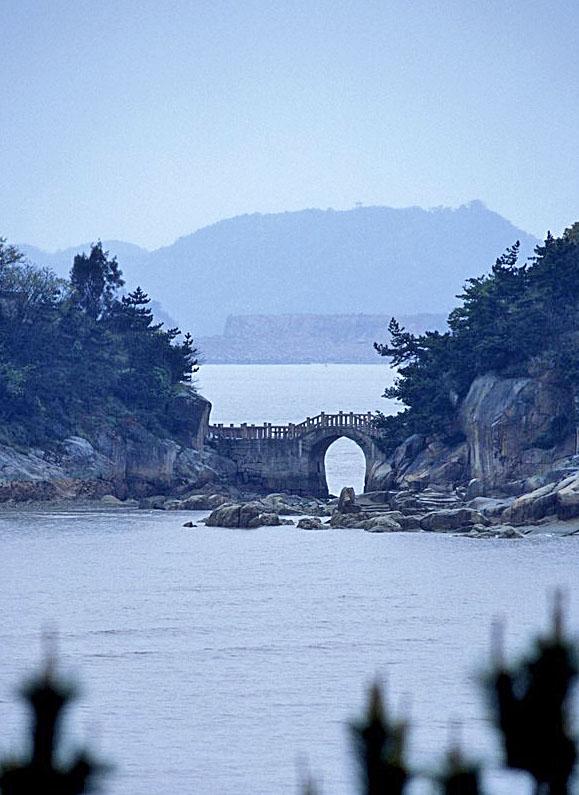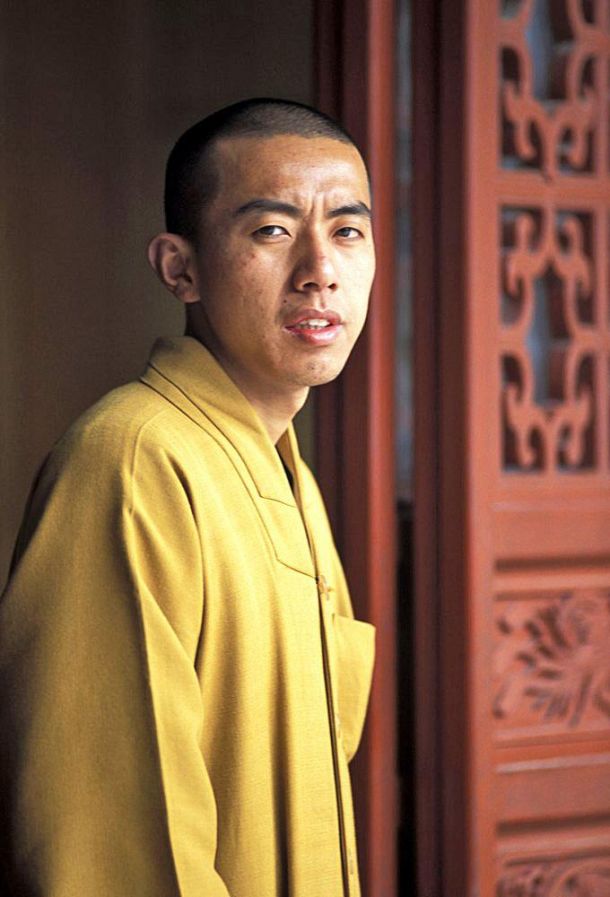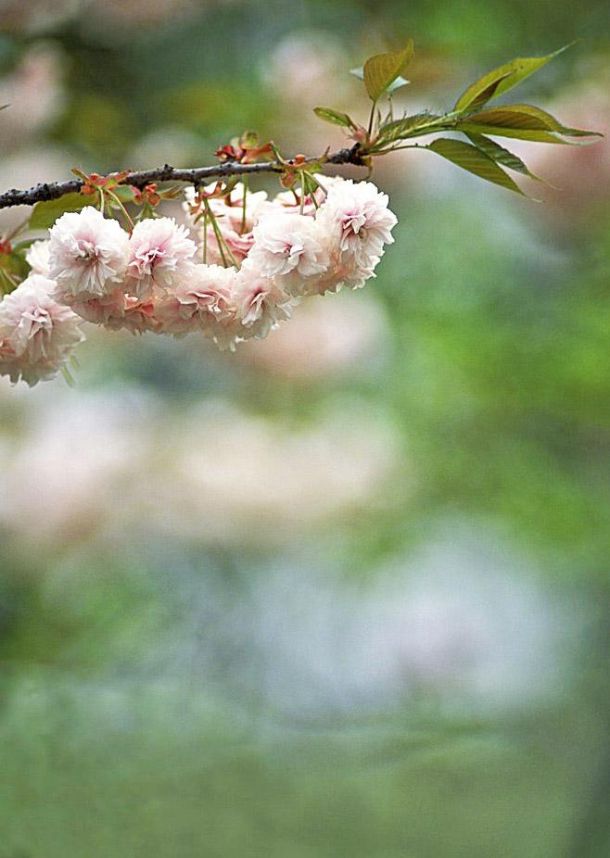After I’d been propositioned by a very attractive Chinese girl in the Nanjing Road who admired how handsome I was and wondered what I was doing later, Cherrie thought it was time to explore out of town before I became too enamoured with the sights of night-time Shanghai.
The proposition was a surprise, but if we’d expected anything of Shanghai it wasn’t how impressed we’d be with the vibrancy, technology and overall dynamism of a city that appears to be setting an example to the West – as one might expect from the largest city in the world – described as the ‘showpiece’ of the booming economy of mainland China.
With a population of over twenty four million it’s a global financial centre and transport hub with the world’s busiest container port; having grown from being one of the five cities opened to Western trade following the First Opium War with the British in 1842. Situated in the mouth of the Yangtze River as it enters the East China Sea, Shanghai has enjoyed a perfect position as a port for international trade between mainland China and the rest of the world.
Whilst there is plenty to see and do for the visitor to Shanghai, from the architecturally distinctive commercial centre, the Lujiazui, to the European style Bund, the City God Temple and Yu Garden as well as the extensive skyline and major museums including the Shanghai Museum and the China Art Museum, there are a couple of places outside Shanghai worth making the extra effort to visit.
Cherrie: We had flown direct to Shanghai with Virgin and spent ten days there. After a few days in the city and its environs, we chose to visit both Wuzhen water town and the island of Putuo, both of which involved simple but highly interesting journeys to reach them. It’s quite possible to go on organised tours to each of these places if you don’t want to be troubled with sorting it out yourself but after a bit of digging around in tourist guides and at the tourist office we came up with the train and bus schedule to get us to Wuzhen. Wuzhen is a little thousand-year old Chinese ‘Venice’ about a forty minute Bullet train ride from Shanghai Hongqiao station to Tongxiang; where a forty minute bus ride on the number K282 bus from Tongxiang Train Station will take you to Wuzhen Bus Station. To be safe, allow a couple of hours in total. The Bullet train was an experience once we’d found the right platform and train, as it was the first time that we’d travelled on a double-decker carriage which afforded great views of the surrounding countryside.
It’s a full but easy day’s outing to Wuzhen and well worth the effort. Although touristy, depending on time of year, if you are travelling alone it means that you’re not part of a tour group snaking its busy way through the narrow streets. It’s the very quiet in some of the backstreets of Wuzhen that can trick you into believing that you’ve regressed by centuries; as little stooped men amble along the cobbles in smock suits and sampan hats and a glimpse through an open door reveals a family group playing a noisy game of Mah-jong.
Situated around a network of canals, Wuzhen enjoys a tranquility now lost by towns laced by roads. The ripples made by passing sampans and skiffs flex the tethered legs of fishing cormorants awaiting their next outing; perched on the crooked wooden outriggers of the little fishing boats tied by the canal sides. Wooden houses in long winding terraces lean and nudge the grander buildings of municipal importance, or the smaller workshops of the silk dyeing and cloth weaving trades. The town is broadly divided into West and East, with the West being more recently refurbished in traditional style and generally quieter than the more populous and commercial (tourist) East – but both are worth visiting.
Either way it’s a visit not to be missed if you want an insight into ancient China and certainly you’re more likely to find Chinese tourists than you are Westerners there.
Our next foray was to Putuo.
Mount Putuo is an island which lies in the East China Sea and is one of the four sacred mountains in Chinese Buddhism. The island measures about twelve and a half square kilometres and has many famous and sacred temples. It can be reached by several bridges that link the islands from Shanghai, so a bus or taxi trip is feasible and there are two flights daily from Hongqiao Airport in Shanghai to Putuo Airport. We chose, however to take the more interesting and leisurely trip by ferry.
Cherrie: Once again, after consulting guides and the tourist office, we made our way to the riverside dock, south of the Bund, to investigate ferryboat times and fares. Two boats link Putuoshan and Shanghai. One departs in the evening and travels overnight for an early morning arrival; the other leaves early in the day from the wharf and takes less than two hours. We elected for the ‘slow boat from China’ that would take an unduly long time, just for its novelty value. As it turned out it added a certain something, in that having boarded we were shown to our cabins on the lower deck but after exploring a little came across an ‘Honoured Guest Cabin’ that appeared to be empty. We can’t honestly say we ‘negotiated’ its use as we don’t speak Mandarin and the crew didn’t speak English but by some miracle we ended up in this quaint little cabin, with its polished brass name plaque on the cabin door, highly polished wooden panelling and decorative furnishings. Our romantic overnight trip was much the better for this little bonus.
There’s a lot to see in Putuo if you’re interested in gardens, picturesque ornately carved arched bridges across placid lakes, Buddhist shrines, pagodas, monasteries and the Chinese way of life. We travelled exclusively by public bus using a rudimentary map of the island, gesturing and guesswork as to when to get on and off. Some of the stops are considerable distances from the religious sites so be prepared for a good deal of walking. This to us was a bonus as travelling alone and away from larger groups of tourists we were able to enjoy the tranquillity of the island; which is well worth seeking out as you will discover pavilions and temples that are off the beaten track.
There is a cable car to the peak for the view and another collection of monasteries and the walk down is both interesting and worthwhile. If you’ve already decided to stay on the island there is a tourist office at the port where you can arrange hotel accommodation that varies widely, if not wildly, in quality and price according to the season.
Part of the magic for us is in not understanding a word of the language as it conveys much more of a sense of adventure and authenticity – it’s hard to avoid this on Putuo as you’ll be lucky to find anyone who speaks English or prints anything you can read by way of tariffs or menus.

 Let us plan your own inspiring journey to China and throughout Asia
Let us plan your own inspiring journey to China and throughout Asia
Why not download the TLC World guide brochure or give us a call today on 01202 030443, or simply click ‘enquire’ to submit your own personal itinerary request
![]()

